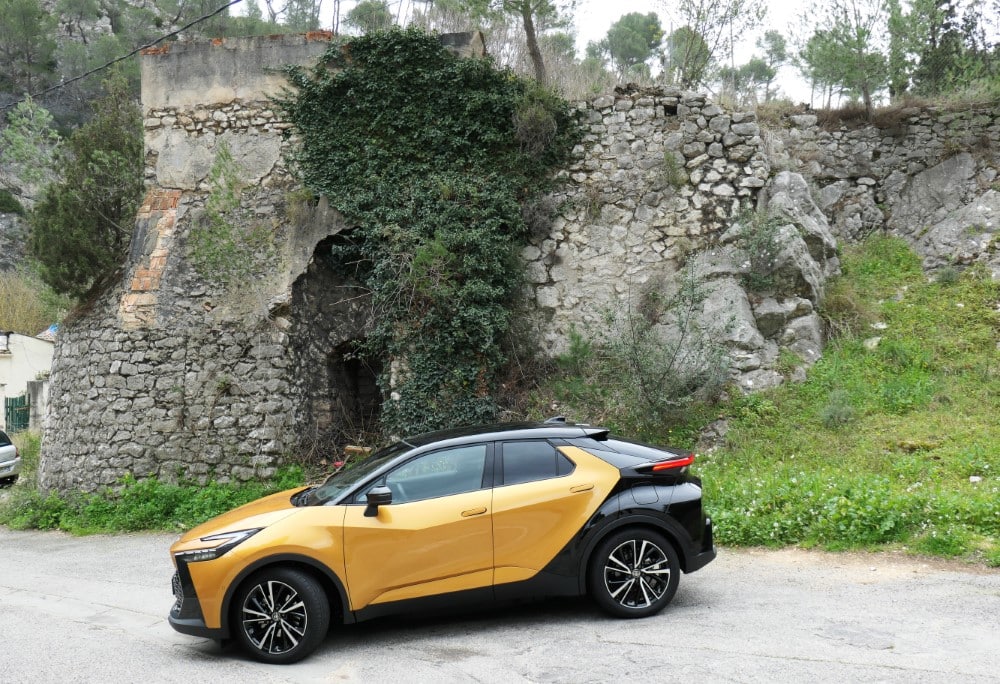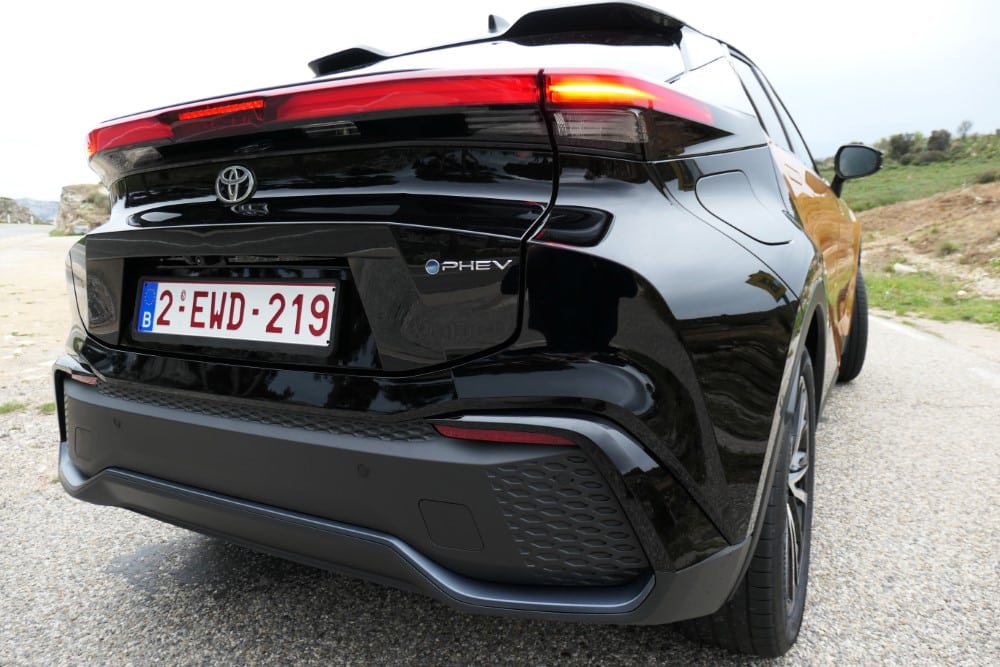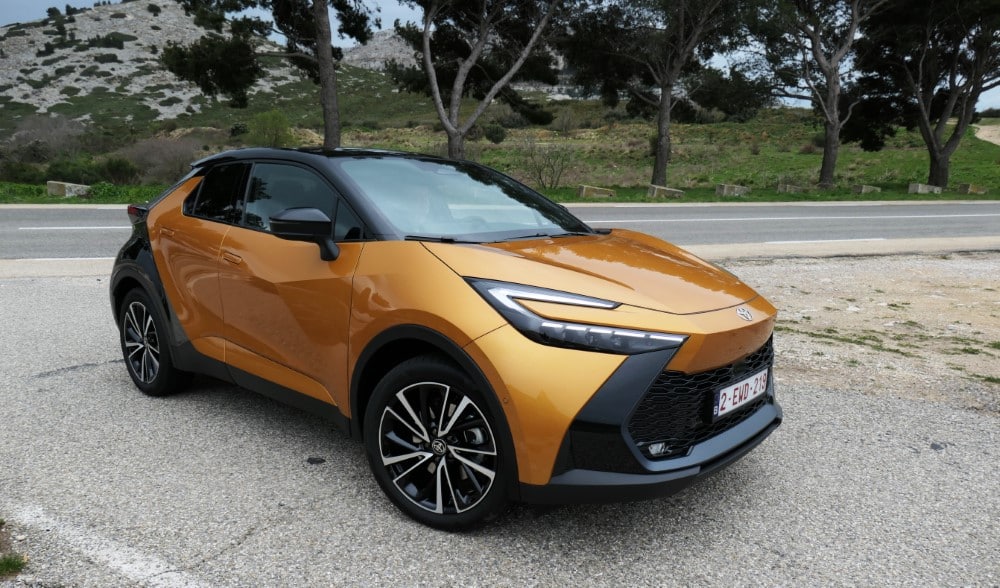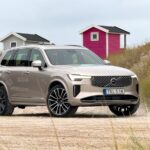Let’s get readers excited right away: the new CH-R plug-in hybrid from Toyota is a truly outstanding car, and it’s hard to find anything to complain about. It’s safe to say that the engineers and other experience experts have thought of everything a European driver could possibly need.
Previous versions of the CH-R have already been top of their C-SUV class, and the new charging hybrid not only offers an even better driving experience, but it’s also the best in its class. Toyota says the new model is the most standard-equipped in its class.
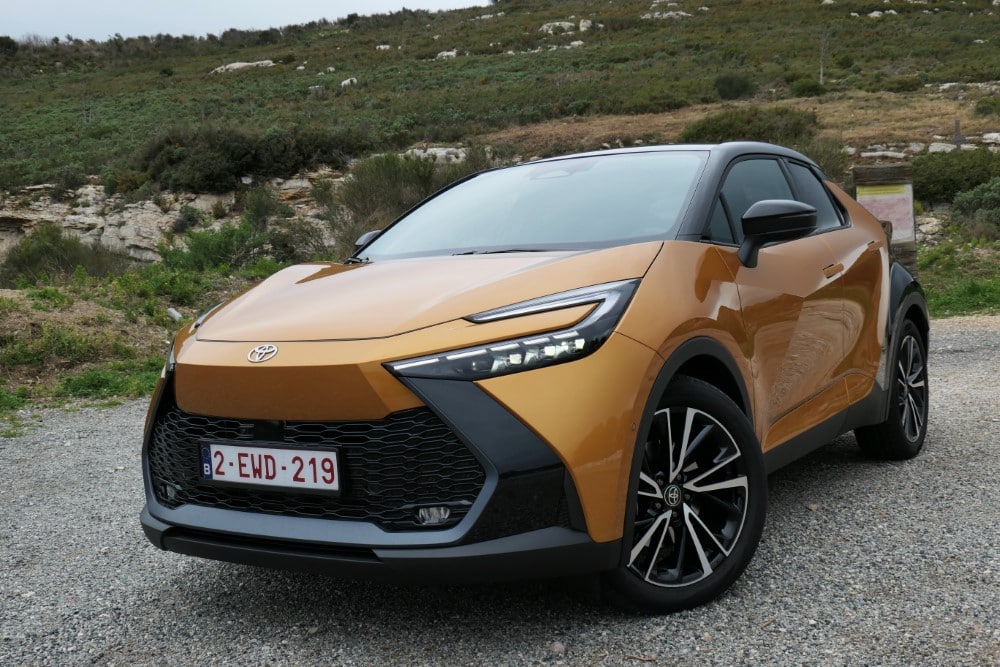
Although the CH-R’s market share and sales volume in Finland fell slightly last year to 1,365 cars, it still holds the sway of the best-selling C-SUV on the market. The market leader, the Nissan Qashqai, lost a couple of percent with sales of 1,299 cars. The Toyota Corolla Cross came in at the top of the market with 984 sales and 13% of the market. In fourth place in this category was the Kia Niro with 869 cars sold and a market share of around 11.5%.
For the year now underway, Toyota’s target is to sell 2,000 CH-R models, about a third of which would be charging hybrids. So far, the Intense and Launch Edition models have been the most popular among the various trim levels. The political strikes in Finland are also disrupting the availability of the cars, with the first deliveries being delayed from March to April and, on a larger scale, until May.
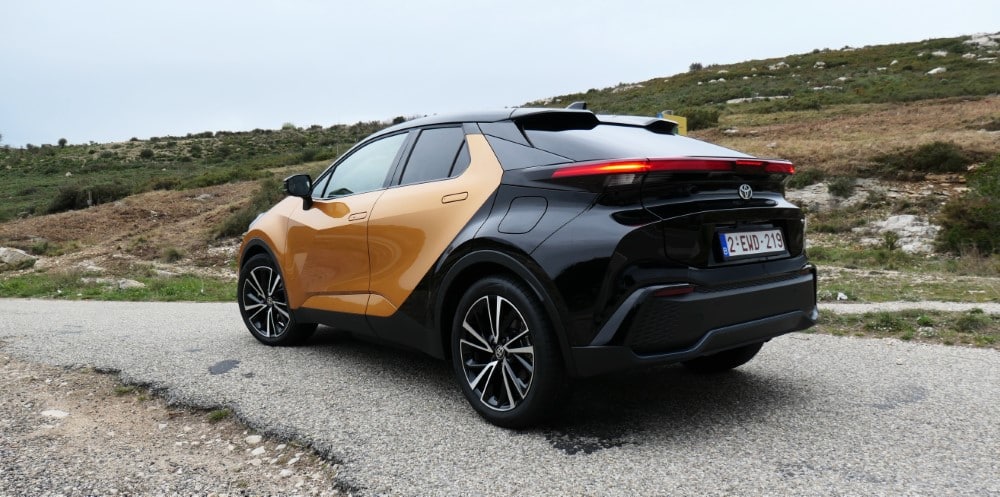
The cheapest CH-R charging hybrid model, the Intense, comes in at around €45,000 and the most expensive, the GR Sport Premiere Edition, at just under €52,000. By comparison, the cheapest model in the entire CH-R range, the 1.8-litre Active, costs around €36,000.
Larger in size
For a C-SUV, the CH-R is surprisingly spacious, especially in the front seat, and even a long-legged driver will find a comfortable driving position, although it is advisable to seat the shortest-legged passenger in the group behind the driver. The cabin is also pleasantly wide enough for front-seat passengers to feel comfortable.
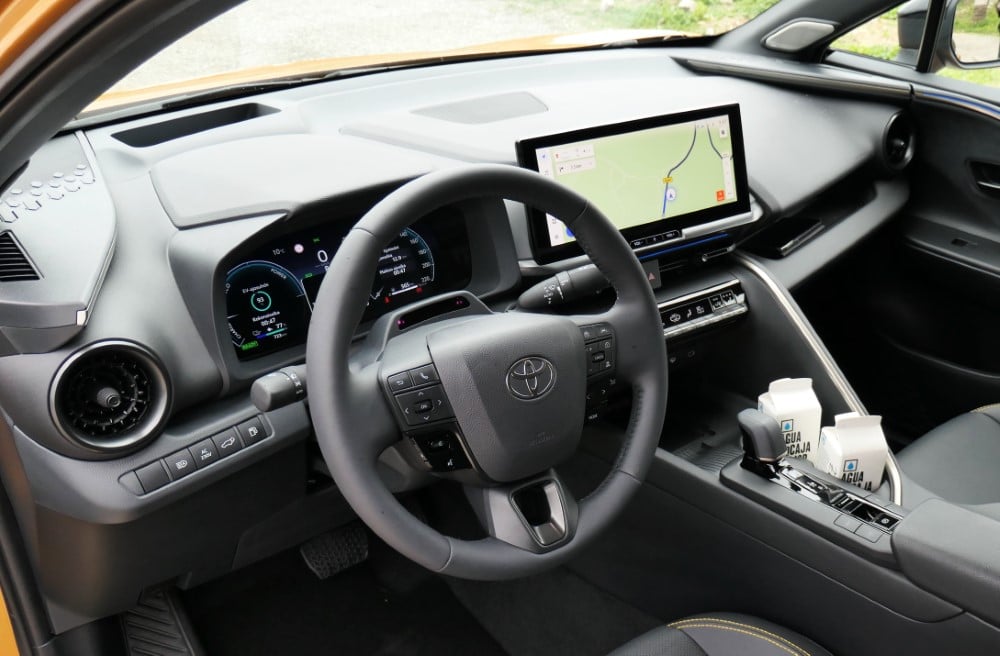
We’ve praised the clarity and practicality of the controls before, and this is true again: the 12.3-inch touchscreen in the centre of the dashboard is a natural place to find controls such as the sat nav, and the physical buttons on the centre console provide other functions; Toyota hasn’t tried to force everything onto one touchscreen, especially in line with the current electric car trend.
Among other things, the centre console offers a choice between electric-only, petrol-only or hybrid driving modes. Even if the driver chooses electric, in a tight spot the car will switch itself to hybrid and, when the power demand drops, revert to the electric mode of the driver’s choice.
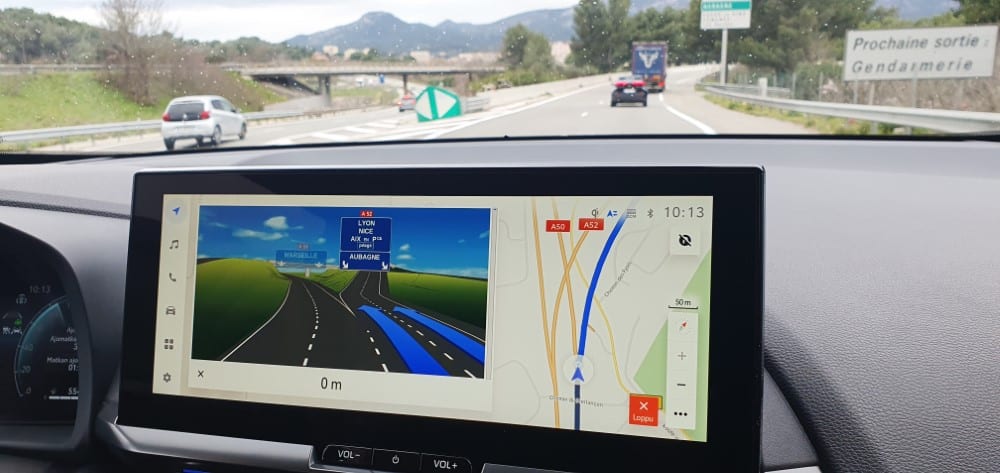
In this way, the car optimises overall economy and battery life according to the situation. In addition, the automatic gear knob on the centre console allows the driver to select B instead of D, allowing the CH-R to recharge the battery from the braking energy it collects.
Cruising from city to mountain
The new plug-in CH-R’s chassis is even sturdier than before, perhaps thanks in part to the drive battery located under the cabin. For a car of its size and weight (2,130 kg), the road feel is excellent; the car is also very responsive in sudden turns, cornering, accelerating and decelerating gracefully at the driver’s will.
The claimed acceleration time of 7.4 seconds to 100 km/h seems plausible on the basis of the test drive. All CH-R charge hybrid models are two-litre and more powerful than the other hybrids, with 223 horsepower compared to 197 in the other hybrids and 140 in the 1.8-litre models. The two-litre plug-ins deliver 190 Nm of torque.
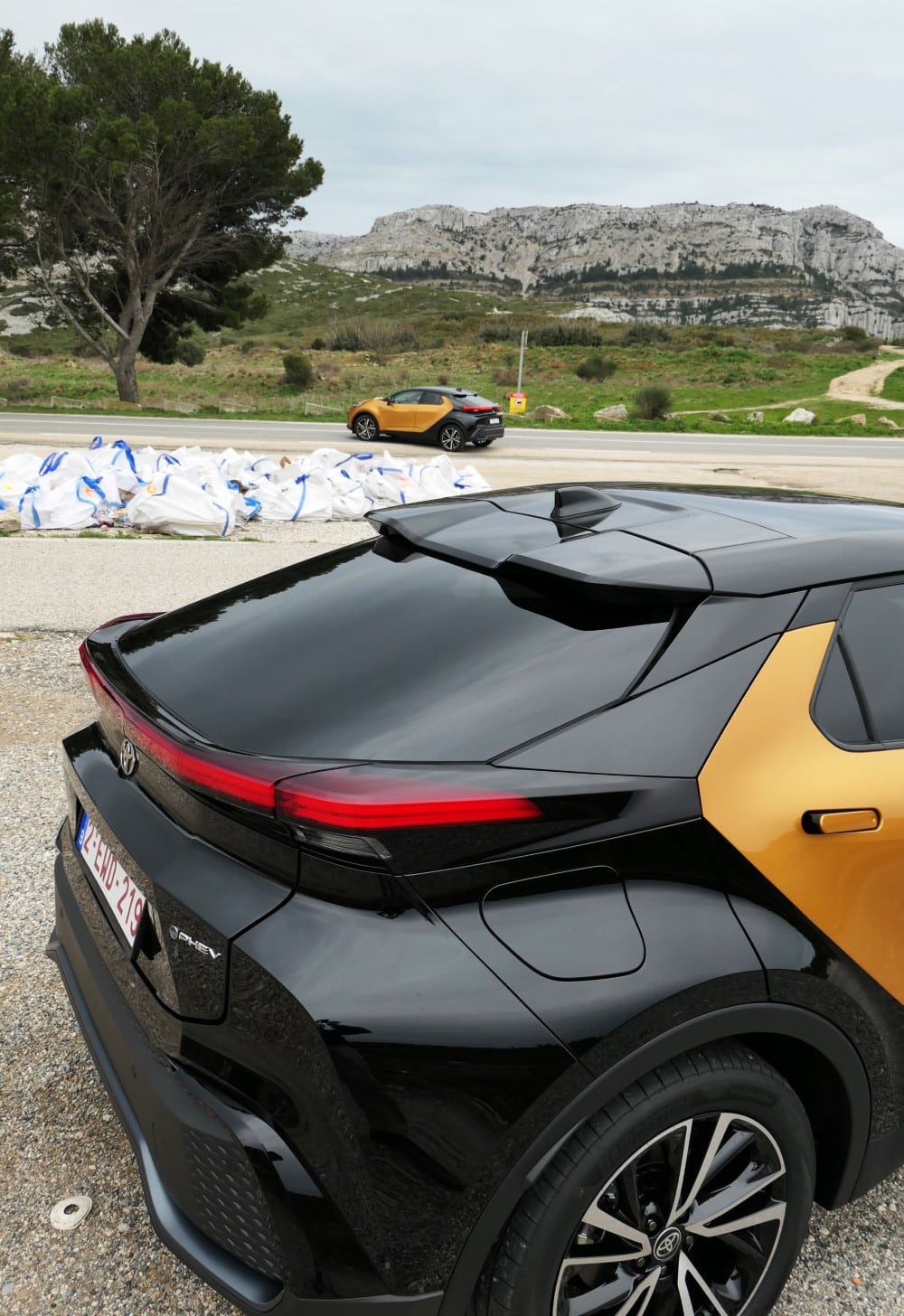
With electricity, the CH-R sneaks off silently like a lynx in a rabbit hunt, the petrol engine is barely noticeable, and even the wind whistling at motorway speeds doesn’t disturb the harmony in the cabin.
In a leisurely city drive, in 12-degree Mediterranean temperatures, the two-litre, front-wheel-drive CH-R consumed 16% of its battery in the first 10 kilometres, but after warming up in the next 20 kilometres it consumed only 11%. The remaining mileage dropped by 14 kilometres over the same distance.
After that

after a test drive in the mountains of southern France, the first uphill section saw the car start the petrol engine – although this was only noticeable because of the changed symbol on the digital instrument panel.
On the mountain road, the car alternated gracefully between pure electric and hybrid power, generally rolling downhill on electric power and uphill on hybrid. As the battery charge decreased, the car began to search for the nearest charging points and report them on the sat nav map.
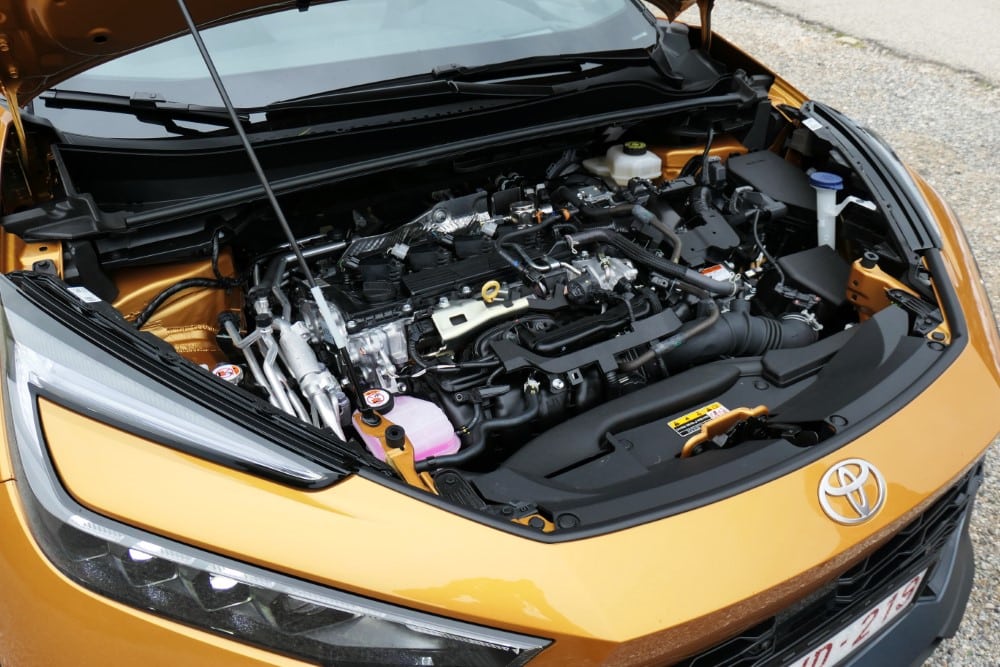
Under optimum conditions, the 13.6 kWh CH-R plug-in is promised an electric range of 66 km, which seems quite plausible based on the first few kilometres of the test drive.
Research shows that this is well within the daily driving range of an average European driver. Longer ranges are available on the market, but for the CH-R’s core target group, the mobile urban couple, or a small family, this is usually enough.
The three points of the wish list
The new CH-R charge hybrid is a balanced and predictable package without being boring. However, if there is anything to be desired, there are three areas for improvement: the otherwise excellent benches lack thigh support, and there is no such thing in the pipeline; the navigation system is not part of the instrument cluster, and you have to turn your gaze to the touchscreen, which is clear in itself; and the coupe-style rear end reduces the rear window to a Range Rover Evoque-style ‘peep hole’.
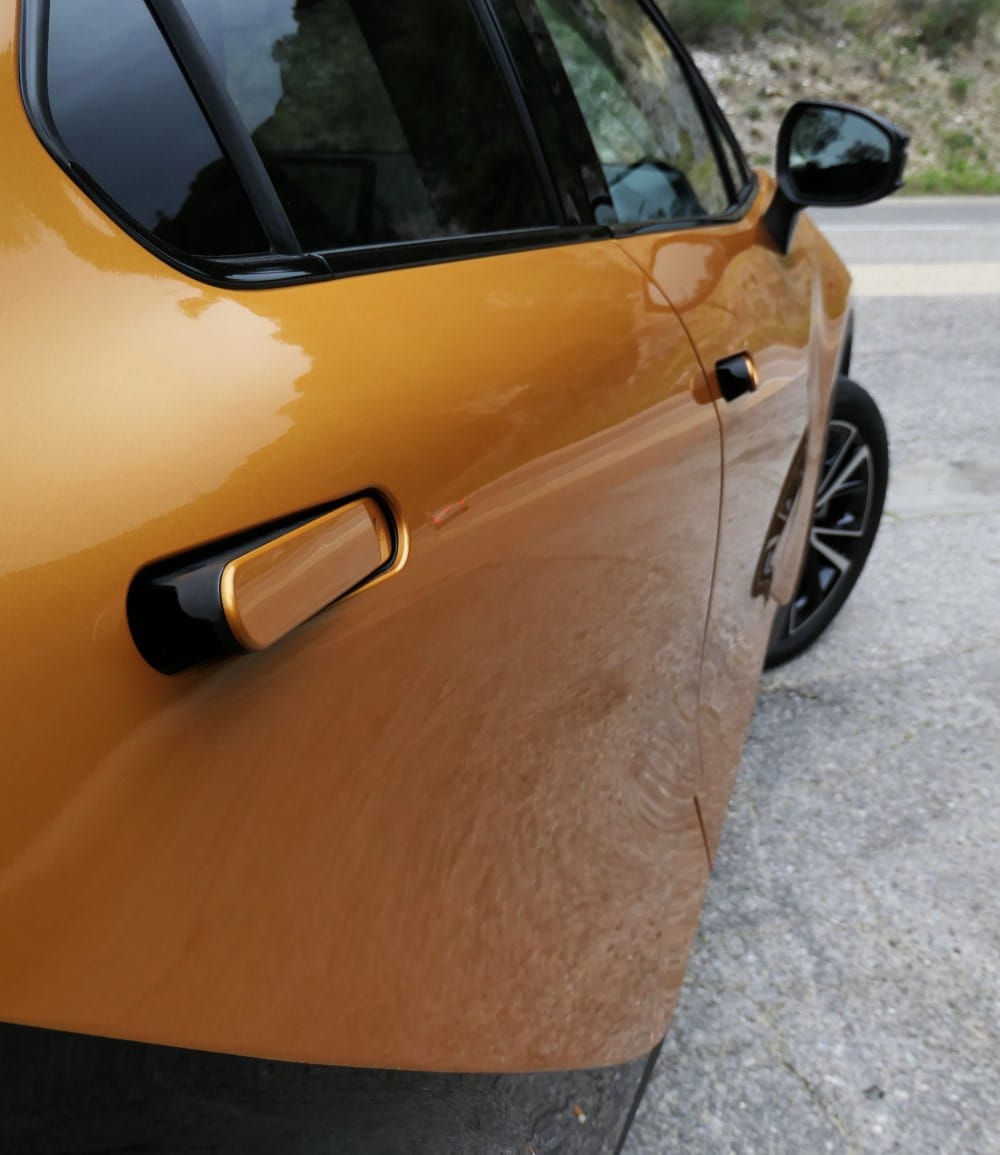
The fourth item on the wish list could be four-wheel drive, something the CH-R doesn’t offer for plug-ins but does for two-litre ‘base hybrids’. Front-wheel drive is usually fine, but when you’re used to four-wheel drive, you miss it a bit.
But the question is not what the new CH-R lacks, but how successfully it serves its target group. In short, Toyota has succeeded in its aim of producing a car in Europe that is suitable for European tastes.
